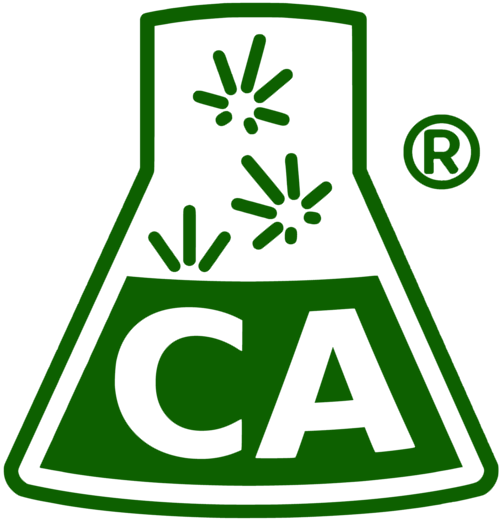My extract oil tested at a level over the state action limit. Is there anything I can do to clean it up?
The short answer is: yes, but with risks.
Pesticides cannot be purged out or cooked away – once they are there they will tend to stay. There are a variety of techniques in chemistry that could be used to remove pesticide residue – large-scale chromatography, acid-base extractions, extractions and washes with various solvents and sorbents, recrystallization. These processes are time-consuming and costly and depending on the contaminant different techniques may work better than others.
Some jurisdictions don’t allow remediation of pesticide fails at all. In these localities, a pesticide fail necessitates destruction of product. Check with your enforcement or compliance officer.
It is possible that vacuum distillation (“the clear”) may help to reduce pesticide residue in a finished oil – or it may concentrate it, depending on how volatile the contaminants are relative to cannabinoids. This would depend very much on volatility of the particular pesticide in question, and the efficiency of the distillation apparatus (number of theoretical plates). The effect of distilling cannabis oil to reduce pesticide residue levels has not been extensively tested, and should not be regarded as an effective means of removing pesticide residues. In fact, we have tested many distillation samples and found very high concentrations of pesticides, well over the limit.
In practice, sorbent filtration using activated charcoal or silica is usually the most effective approach. Results will vary with the type of solvent used and type of contaminant under interrogation.
The safest bet is to only run material you know is clean – with a pesticide residue certificate of analysis – and to regularly clean all parts of your extraction system that could contaminate your product.
